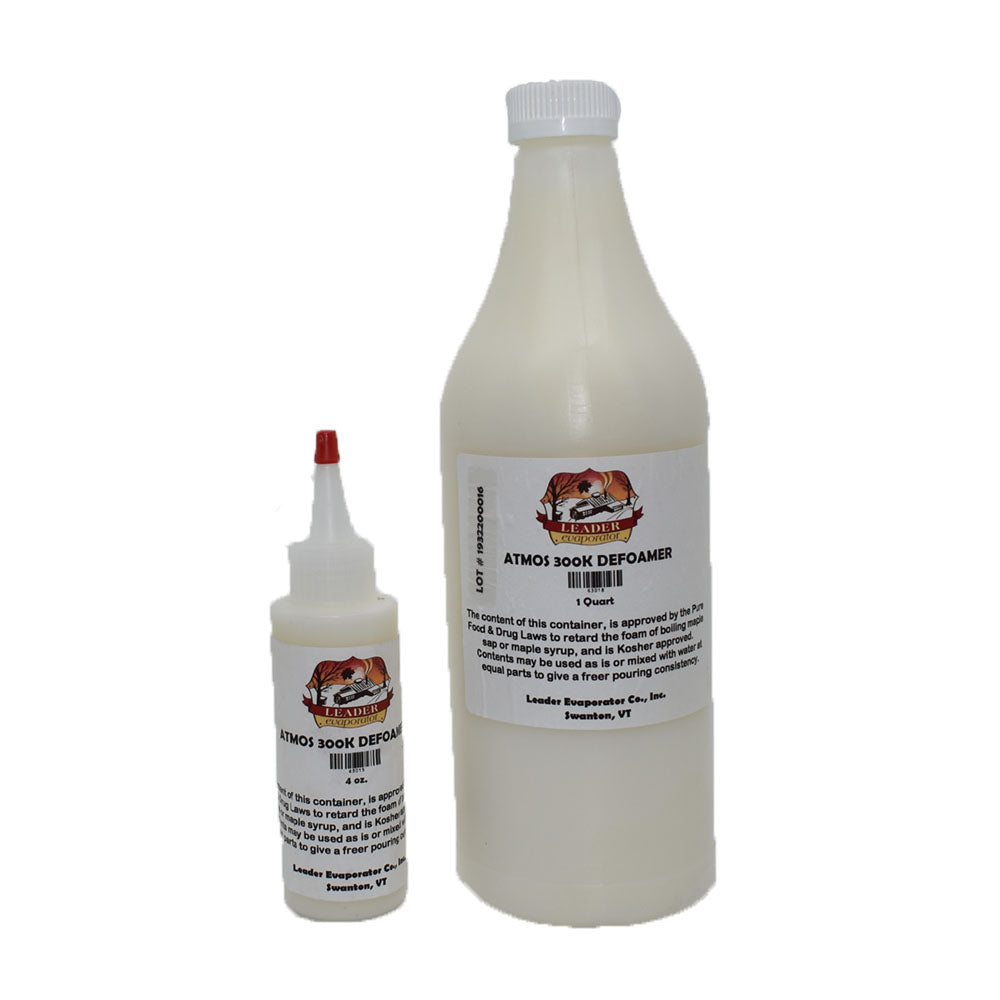The Importance of Defoamers in Industrial Processes and Applications
The Importance of Defoamers in Industrial Processes and Applications
Blog Article
Just How Defoamers Improve Effectiveness in Manufacturing and Manufacturing

Comprehending Defoamers
Defoamers play an essential function in numerous manufacturing processes by successfully combating the development of foam, which can disrupt procedures and influence product high quality. Foam can arise in many contexts, such as during mixing, home heating, or chain reactions, possibly leading to inadequacies and disparities in products. The system through which defoamers run generally includes minimizing the surface area stress of the fluid, permitting bubbles to rise and integrate to the surface quicker, where they can then burst.
Efficient defoamers not only minimize foam development but additionally preserve compatibility with the item, ensuring that there are no negative effects on the last output. Recognizing the properties and functions of defoamers is crucial for makers aiming to maximize their processes, improve productivity, and keep the honesty of their products (defoamers).
Trick Benefits of Defoamers
Using defoamers in manufacturing procedures offers an array of significant benefits that boost operational performance and product high quality. Among the main advantages is the decrease of foam formation throughout production, which can block equipment and disrupt operations. By minimizing foam, defoamers guarantee smoother operations, leading to reduced downtime and upkeep prices.
Additionally, defoamers boost product consistency by protecting against air entrapment, which can compromise the integrity of the last item. This is particularly important in markets where aesthetic look and texture are vital, such as in paints, layers, and food products. Improved item top quality not only meets client assumptions yet likewise strengthens brand name track record.
Additionally, defoamers can help in optimizing source use. By boosting the efficiency of basic material utilization, they contribute to cost financial savings and decreased waste, lining up with sustainability objectives. The application of defoamers can lead to shorter processing times, allowing suppliers to increase manufacturing ability without substantial resources investment.
Applications in Different Industries
In producing procedures throughout different industries, the application of defoamers plays a vital duty in boosting effectiveness and item quality. These chemical additives are used in fields such as food and drink, drugs, and fabrics to minimize foam-related obstacles.
In the food and drink market, defoamers are important during the fermentation procedure, stopping lathering that can disrupt manufacturing and ruin the product's integrity. In the pharmaceutical sector, defoamers are made use of in the formula of liquid medications, guaranteeing harmony and stability while minimizing waste.
Fabric manufacturing additionally takes advantage of defoamers, as they are made use of in check dyeing and finishing procedures to promote even circulation of chemicals and dyes. This application not only boosts the end product's appearance yet likewise reduces the quantity of water and energy eaten during manufacturing.
Additionally, in the paper and pulp market, defoamers aid preserve procedure efficiency by lowering foam that can prevent machinery efficiency. Overall, the varied applications of defoamers throughout these markets emphasize their importance in enhancing production processes and providing high-quality products.

Selecting the Right Defoamer
Picking an appropriate defoamer is vital for optimizing performance and quality in making procedures. The option of defoamer depends upon different aspects, including the particular application, the kind of foam being created, and the formula of the product being produced.

First of all, consider the chemical compatibility of the defoamer with various other active ingredients in your formula. A defoamer that engages adversely with various other parts can negatively impact product top quality. Furthermore, the temperature level and pH array throughout processing are crucial; some defoamers do efficiently under certain problems while becoming ineffective in others.
Second of all, assess the defoamer's performance features, such as its ability to swiftly minimize foam and its determination throughout production. It is important to pick an item that not only removes foam rapidly yet likewise keeps its efficiency over time.
Finally, think about ecological and regulative variables, especially if your production procedure goes through stringent compliance requirements. Choosing a low-toxicity or naturally degradable defoamer can help satisfy sustainability index objectives while guaranteeing functional efficiency. By thoughtfully assessing these requirements, suppliers can make informed choices that improve efficiency and item integrity.
Finest Practices for Execution
Effective implementation of defoamers in producing procedures requires cautious preparation and adherence to ideal practices. It's crucial to conduct a complete evaluation of the manufacturing setting. This consists of comprehending the certain application, the kinds of frothing agents present, and the functional problems. Selecting the best defoamer, as previously talked about, is vital; guarantee it works with the products involved and attends to the recognized frothing concerns properly.
Following, keep clear communication with all stakeholders, including operators and top quality control groups. Training sessions can help ensure that everyone recognizes the dosing procedures, potential influence on item quality, and safety factors to consider. Implementing a test phase can also be advantageous; monitor performance very closely to assess performance and make needed modifications.
In addition, routine testing and surveillance of foam levels can offer valuable insights into the defoamer's performance over time. Changing dosages in action to changes in manufacturing variables will assist maintain optimum efficiency - defoamers. Recording all processes and results advertises continuous renovation, enabling for fine-tuning of defoamer usage and enhancing general productivity in producing procedures.
Conclusion
In recap, defoamers play a critical role in boosting efficiency within production and production processes. By reducing foam development and assisting in bubble coalescence, defoamers add to boosted product high quality, consistency, and operational get redirected here effectiveness. Their application throughout numerous sectors underscores their adaptability and relevance in enhancing resource use and reducing handling times. Inevitably, the strategic implementation of defoamers enables makers to increase production capacity properly, therefore meeting customer expectations and attaining price savings.
The advantages prolong to product high quality and expense savings, as defoamers help simplify processes.Defoamers play a vital duty in different producing processes by successfully combating the formation of foam, which can impact and interrupt operations item high quality. Recognizing the properties and functions of defoamers is crucial for manufacturers intending to maximize their processes, improve efficiency, and preserve the stability of their products.
Making use of defoamers in producing processes supplies a variety of significant benefits that improve operational performance and item high quality.Additionally, defoamers boost product uniformity by protecting against air entrapment, which can compromise the honesty of the final product.
Report this page